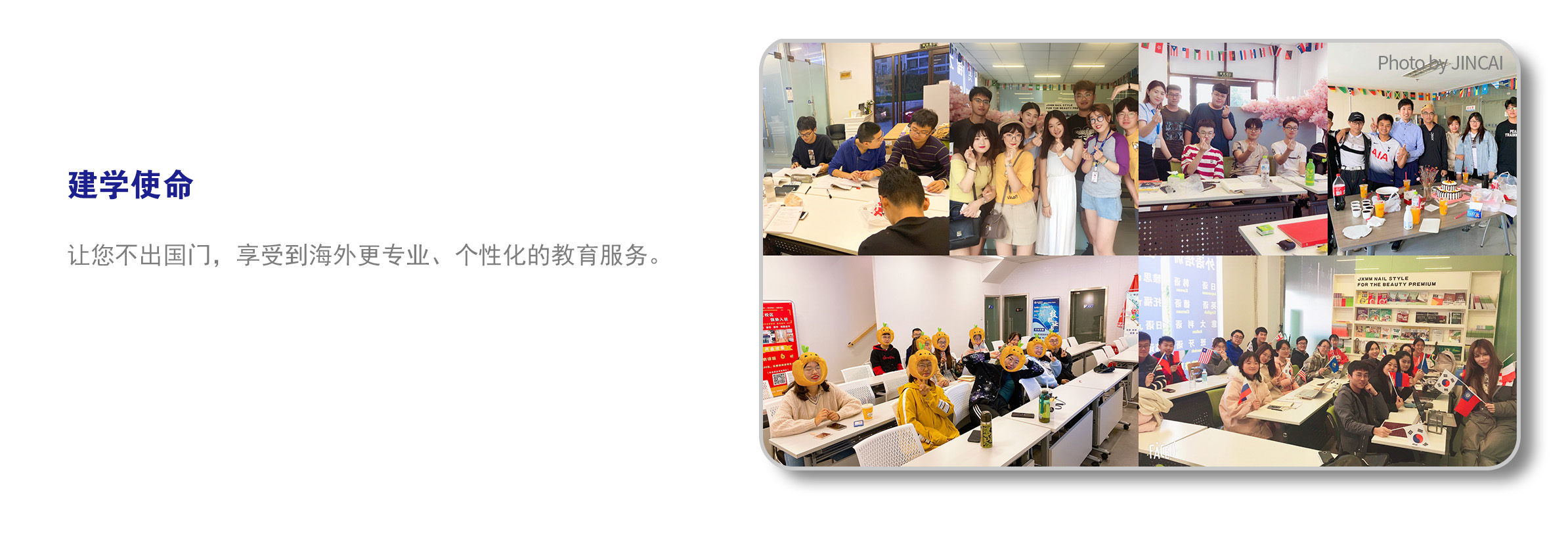
最新资讯
 2025-07-08 16:59:40
2025-07-08 16:59:40
以下是雅思阅读判断题中识别 NOT GIVEN(NG) 的核心逻辑与实操方法,结合命题陷阱及真题案例:
一、NG的本质特征
核心定义:题干信息在原文中未被提及或无法推断,需同时排除TRUE/FALSE的可能性。
区分关键:
FALSE:题干与原文直接矛盾(不可共存)
NG:题干内容超出原文范围(可共存)
例:
原文:Some experts claim climate change is accelerating.
题干:All scientists agree on climate change acceleration. → FALSE(部分≠全体)
题干:Scientists predict sea levels will drop by 2050. → NG(原文未提预测)
二、NG的五大高频陷阱
1. 比较关系缺失
题干出现比较级(如more/less/fewer)、最高级(best/only)或隐性对比(similar/another),但原文无对应比较对象。
案例:
题干:Fewer bilingual people suffer from brain disease than monolingual people.
原文仅提双语者认知优势,未对比单语者 → NG
2. 时间信息错位
题干包含时间状语(before/after/since),但原文时间范围不一致或未提及。
案例:
题干:Athletic performance improved little before the 20th century.
原文:Since the early 20th century, records show steady improvement... → NG(未提20世纪前)
3. 情态动词主观推测
题干含预测性词汇(will/would/can/may),而原文仅为客观事实或未涉及未来推论。
案例:
题干:New technology will eliminate all pollution.
原文:Technology reduces pollution. → NG(未承诺"消除全部")
4. 修饰词升级或偷换
题干对原文信息添加限定词(如usually/always/all),或替换关键修饰成分。
案例:
题干:Top athletes' parents are usually athletes.
原文:Genetics is a key factor for athletes. → NG(未提及父母职业)
5. 逻辑关系虚构
题干强加因果、目的或条件关系,但原文未建立该逻辑链。
案例:
题干:The dam was built to increase soil fertility in the Nile Delta.
原文:The dam provides electricity and protects Cairo. → NG(目的不符)




 在线咨询
在线咨询









 在线咨询
在线咨询
 0532-58217669
0532-58217669